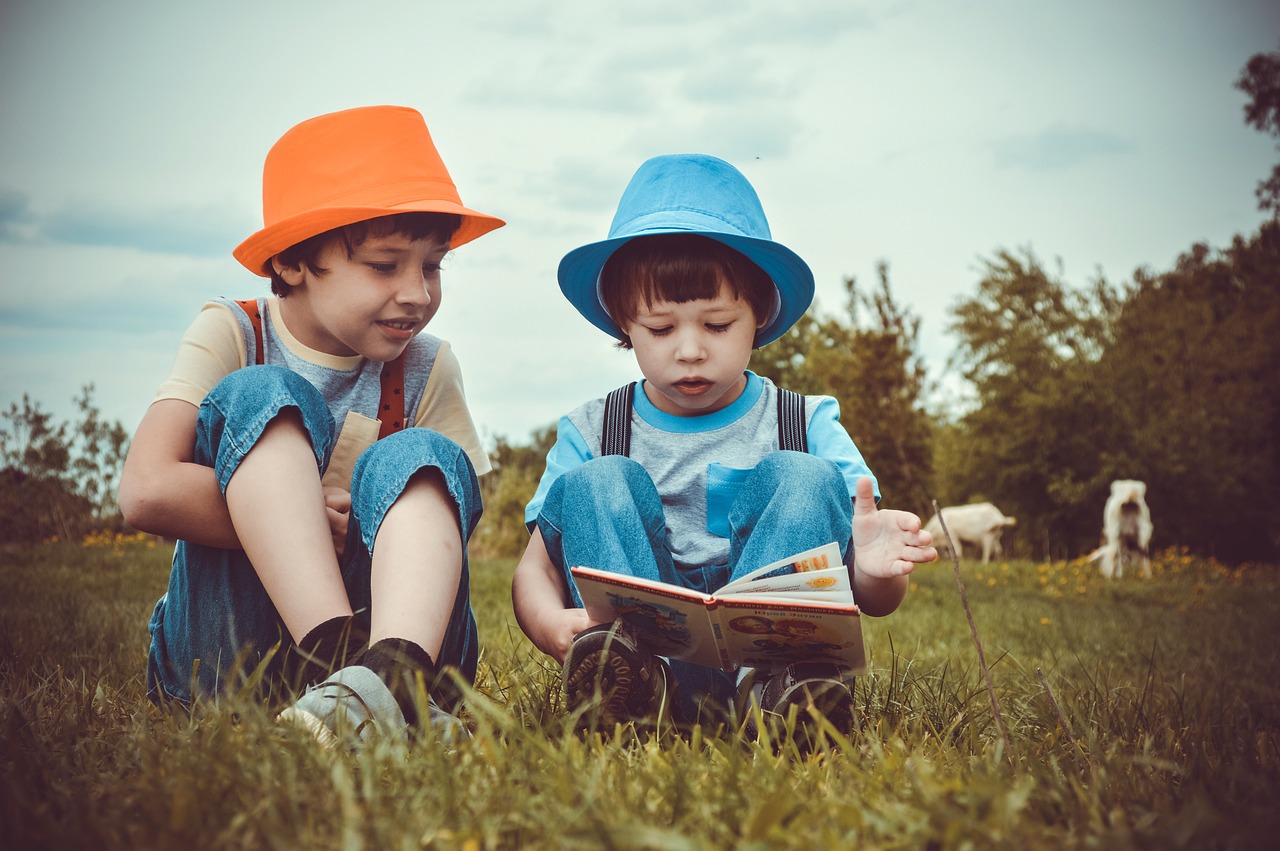Revisiting the Classroom: Memories that Shaped a Generation

As we take a stroll down memory lane, we find ourselves back in the vibrant classrooms of the 1960s. This was a decade of profound change, and education was at the forefront of this transformation. Let’s explore the unique experiences, cherished memories, and influential figures that shaped a generation.
The Classroom Environment
The classrooms of the 1960s were a reflection of the culture and values of the time. Picture wooden desks lined up in neat rows, the smell of chalk dust in the air, and the sound of the teacher’s voice echoing through the room. This was a time when education was both a right and a privilege.
Memorable Moments
What moments defined your educational journey? Let’s reminisce about some of the significant experiences:
- The First Day of School: Remember the excitement and nervousness of stepping into a new classroom?
- Field Trips: From visits to local museums to nature hikes, these outings were not just fun but educational.
- School Plays: Participating in or attending school plays created lasting memories and friendships.
- Lunch Breaks: The joy of sharing lunch with friends, swapping snacks, and playing games on the playground.
Influential Teachers
Teachers in the 1960s were more than just educators; they were mentors and role models. Who was that one teacher who made a difference in your life? Let’s reflect on their impact:
- Encouragement: Many teachers inspired students to pursue their dreams and interests.
- Life Lessons: Beyond academics, teachers imparted valuable life lessons that extended far beyond the classroom.
- Their Unique Styles: Each teacher had their own style—some were strict, while others were nurturing. What was your experience?
Changes in Curriculum
The 1960s marked a shift in educational focus. With the introduction of new subjects and methodologies, education began to adapt to the changing world. How did this affect your learning experience?
| Subject | Changes |
|---|---|
| Science | Increased focus on hands-on experiments and the scientific method. |
| History | Inclusion of diverse perspectives and significant events shaping the modern world. |
| Art and Music | Emphasis on creativity and self-expression through various mediums. |
Community and Extracurricular Activities
Extracurricular activities played a significant role in the educational experience. Whether it was sports, music, or clubs, these activities fostered community and teamwork. What did you participate in?
- Sports Teams: From basketball to track, the thrill of competition brought students together.
- School Bands: The joy of playing an instrument in front of an audience.
- Clubs: Debate, science, and art clubs offered a space for students to explore their passions.
The memories from the 1960s education experience continue to resonate today. As we reflect on these formative years, let’s cherish the lessons learned and the friendships formed. What memories stand out to you, and how have they shaped who you are today?
The Pillars of Learning: Influential Educators of the 1960s

The 1960s was a transformative decade in education, marked by innovative teaching methods and passionate educators who shaped the minds of a generation. Let us take a walk down memory lane and explore some of these influential figures who left an indelible mark on the educational landscape.
1. John Dewey
Although his most prominent work predates the 1960s, John Dewey’s progressive educational theories greatly influenced the decade. Dewey advocated for experiential learning, encouraging students to engage with their environment actively.
- Key Contributions:
- Emphasis on learning through experience.
- Promoted democracy in education.
- Encouraged critical thinking and problem-solving skills.
2. Maria Montessori
The Montessori Method gained significant traction in the 1960s, with Maria Montessori’s approach focusing on child-led learning and independence.
- Key Contributions:
- Development of self-directed learning environments.
- Focus on mixed-age classrooms.
- Emphasis on sensory-based education.
3. Benjamin Bloom
In 1956, Benjamin Bloom developed Bloom’s Taxonomy, which became widely adopted in the 1960s to create educational objectives and assess student learning.
- Key Contributions:
- Developed a framework for categorizing educational goals.
- Promoted higher-order thinking skills.
- Influenced curriculum design and assessment practices.
4. Paulo Freire
Emerging from Brazil, Paulo Freire published his influential book, Pedagogy of the Oppressed, in 1968, which emphasized the importance of critical pedagogy and dialogue in education.
- Key Contributions:
- Advocated for education as a tool for social change.
- Encouraged critical consciousness among learners.
- Promoted student-teacher collaboration.
5. Jean Piaget
Known for his theories on cognitive development, Jean Piaget shaped educational practices in the 1960s by emphasizing the importance of developmental stages in learning.
- Key Contributions:
- Introduced the idea of learning as a process of adaptation.
- Highlighted the significance of active engagement in learning.
- Influenced early childhood education programs.
Reflection:
The educators of the 1960s not only imparted knowledge but also inspired a generation to think critically, engage in their communities, and strive for social justice. Their legacies continue to resonate in today’s educational practices.
Discussion Questions:
- Which educator’s philosophy resonates most with you?
- How do you think these educational philosophies have shaped modern education?
- What changes in education do you remember experiencing during the 1960s?
Echoes of Change: How Education Transformed Society in the 60s

The 1960s was a decade characterized by profound social change, and education played a pivotal role in shaping the society we live in today. Let’s embark on a journey through this transformative era.
The Rise of Public Education
In the early 1960s, the expansion of public education was a key focus. Across the United States, legislatures began to recognize the importance of accessible education for all. This shift aimed to create an educated populace equipped to engage with the rapidly changing world.
Desegregation: A Landmark Change
One of the most significant changes in education during the 1960s was the desegregation of schools. Following the landmark Supreme Court case, Brown v. Board of Education, schools began to integrate, giving children of all races the opportunity to learn together. This was not just a legal change; it was a societal shift that aimed to promote equality and dismantle racial barriers.
The Influence of the Civil Rights Movement
The Civil Rights Movement had a profound impact on education. Activists fought for equal educational opportunities, leading to the establishment of programs designed to support disadvantaged students. These movements weren’t just about schools; they were about the future of society.
Curriculum Innovations
As society evolved, so did educational curricula. Progressive education gained momentum, emphasizing critical thinking and experiential learning over rote memorization. Schools began to incorporate new subjects like environmental science and social studies, reflecting the pressing issues of the time.
The Role of Technology
Technology also made its way into classrooms during the 1960s. Television became a powerful educational tool, bringing lessons and news into homes and schools alike. This access to information changed the way students engaged with the world around them, fostering a generation of informed citizens.
Higher Education and the Expansion of Opportunities
The decade also saw a surge in enrollment in higher education. Community colleges emerged as accessible options for many, providing vocational training and a pathway to four-year institutions. This expansion helped diversify the workforce and promote economic growth.
Conclusion: Lasting Impacts
The educational transformations of the 1960s laid the groundwork for modern society. They fostered a culture of inclusivity, critical thinking, and lifelong learning. Today, we continue to reap the benefits of these changes, as education remains a vital part of our collective progress.
From Chalkboards to Innovations: The Evolution of Teaching Methods
As we embark on this journey through the educational landscape of the 1960s, let us take a moment to reflect on how teaching methods have evolved from the traditional chalkboard to the innovative techniques we see today. This era was a turning point in education, marked by significant changes that shaped the future of learning.
The Traditional Classroom
Picture a classroom in the 1960s. The familiar chalkboard dominated the front wall, serving as the primary medium for teachers to convey knowledge. Students sat in rows, often in wooden desks, with their notebooks open, ready to absorb what the teacher had to offer. This method emphasized memorization and recitation.
Interactive Learning Begins
However, as the decade progressed, educators began to recognize the limitations of this approach. The need for more interactive methods became apparent. The introduction of group discussions and peer learning started to transform the classroom dynamic. Can you recall the excitement of working in groups, sharing ideas, and learning from one another?
Technological Advances
With the rise of technology, the 1960s saw the first inklings of educational innovation. The use of film projectors and audio-visual aids in the classroom provided students with a more engaging learning experience. Instead of merely reading from textbooks, students could now see and hear lessons come to life. Remember the first time you saw a film in class? How did it change your perception of learning?
The Role of the Teacher
As teaching methods evolved, so did the role of the teacher. No longer just a dispenser of knowledge, teachers began to act as facilitators of learning. They encouraged critical thinking and creativity among their students. Can you think back to a teacher who inspired you to think outside the box?
A Shift in Curriculum
The 1960s also brought about a shift in curriculum. Subjects began to include a broader range of topics, such as social studies and civics, reflecting the social changes of the time. This expansion allowed students to explore the world around them, fostering a sense of curiosity and awareness.
From the traditional chalkboards to the beginning of interactive and technological learning, the 1960s laid the groundwork for modern education. As we reminisce about our own educational experiences, let us appreciate how far we have come. What memories do you hold from your time in school, and how have they influenced your life today?
Voices from the Past: Stories of Resilience and Inspiration in Education
As we delve into the stories of the 1960s, we find a rich tapestry of experiences that shaped the educational landscape. This era, marked by social upheaval and change, fostered resilience in both educators and students. Let us embark on this interactive journey, reminiscing about the challenges and triumphs faced in classrooms across the nation.
The Classroom Revolution
In the 1960s, classrooms transformed into vibrant spaces of learning, where traditional methods were challenged. Do you remember your favorite teacher? What innovative teaching methods did they use that inspired you? Perhaps it was a hands-on project that ignited your passion for learning.
Voices of Resilience
This decade was not without its struggles. Many educators faced significant obstacles, from lack of resources to social unrest impacting their classrooms. Can you share a story? Think about a time when you or a teacher you admired overcame a difficult situation. How did that experience shape your view on education?
Inspirational Figures
Among the many voices of the past, certain individuals emerged as beacons of inspiration. Who stands out in your memory? Was it a principal who fought for educational rights or a fellow student who encouraged you to excel? Reflect on how their actions impacted you and those around them.
Cultural Shifts in Education
The 1960s also saw a shift in cultural perspectives, with movements advocating for equality and inclusion. What changes did you observe? Did you witness a growing acceptance of diverse backgrounds and ideas in your school? How did this diversity enrich your educational experience?
Legacy of the ’60s Educators
The dedication of educators during this transformative period left a lasting legacy. What lessons from this era have you carried into your own life? Consider how the resilience and creativity of those educators continue to influence modern education.
As we reflect on the echoes of the past, let us celebrate the stories of resilience and inspiration that emerged from the 1960s education system. These narratives not only honor those who paved the way but also encourage us to carry forth their spirit of determination and hope.
